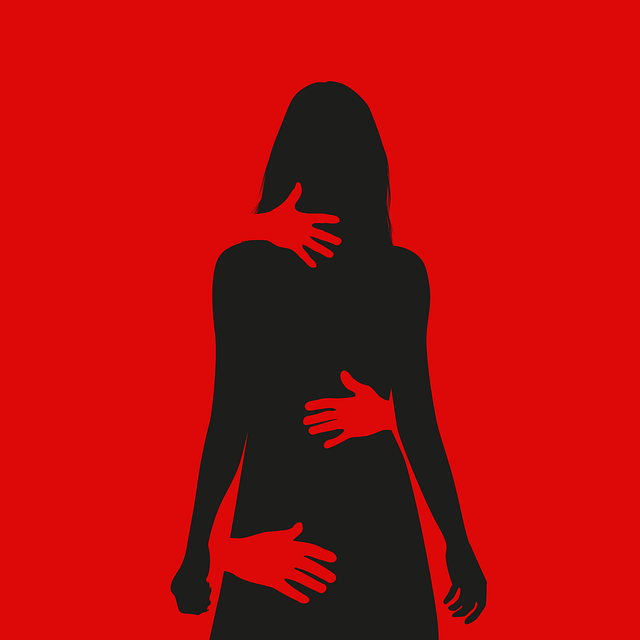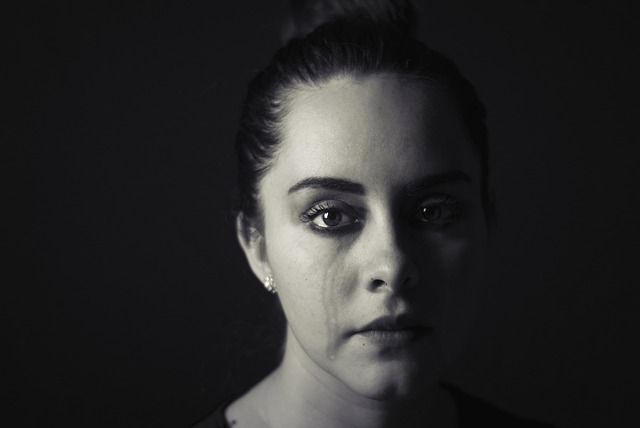Scrubber, village slut, boring school nerd – these aren’t always just jibes used by teenage boys. They can also be used by a female neighbour or an uncle to degrade girls and young women, subject to similar criteria. Behaviour like this has both a system and a history, however: today, we try to gain an overview of a highly complex theme.
HOW MEN PLACED THEMSELVES ABOVE WOMEN IN HIERARCHICAL SOCIETY – A HISTORICAL EXCOURSE
The roots of patriarchal social structures actually lie in the Neolithic era, which emerged in Europe between 6,000 and 2,000 years B.C, as humans began to settle and live in villages rather than moving from place to place. This transition to a sedentary lifestyle is one of the most significant developments in human history.
Before this, when humans lived in hunter-gatherer societies, women and men had been valued equally, and were dependent upon one another. When these groups then settled and began practising farming and animal husbandry, however, the duties began to be divided. Nutrition changed, birth rates rose, and the new concept of ownership led to increased military conflicts. A man became responsible for building weapons, and defending the village’s possessions, and became a hero. Patriarchy – or male rule – became established as the social norm.

A woman, by contrast, rapidly began to bear children almost annually, where beforehand she would only have done so once every 4-6 years. Merely the fact that women were now bearing so many children – without any of the medical care we take for granted nowadays, of course – had major negative effects on their health, and their life expectancy fell. As well as this, they became responsible for looking after the home, and working the fields.
The value of a woman fell accordingly; femininity became a synonym for weakness, a derogatory term describing anything deemed “unmanly”. In the philosophy of the ancient high cultures, including the works of Aristotle, women are viewed as the weaker sex by their nature. Unless women were born into influential families, men would deny them access to education, society or politics.
“The reason for the dominance of a man in society is his higher intelligence. Only a man is a complete person. The relationship between a man and a woman is of its nature such that the man stands above the woman, the man rules, and the woman is ruled.” – Aristotle
WOMEN AS A BUSINESS
Women did have one thing that interested men, however: their body. Over and above the need for procreation, sex now served as a valuable instrument for objectifying and suppressing women. The trading of women also proved highly profitable – because unlike many others, this particular “good” could be sold over and over again.
Prostitution is presumed to have existed since the birth of humanity. The first official brothels are believed to have emerged in Greece in the 7th Century B.C.. Prostitutes would serve in cultist activities, accompany soldiers during military campaigns, work in municipal or private brothels, or ply their trade by the roadside. Although prostitutes tended to be ostracised by society, they were highly well-regarded in some cultures and epochs. Either way, however, they remained no more than a human good, there to be bought and sold.
BUT IN THE EYES OF THE CREATOR, WE ARE ALL EQUAL!
Throughout human history, religions and faith-based communities have continually had a huge influence on people and their modes of social behaviour. The major world religions legitimise patriarchy, however, and the suppression of women thereby becomes a prayer:
“To the woman he said: I will make your pains in childbearing very severe; With painful labour you will give birth to children. Your desire will be for your husband; and he will rule over you.“ – God, Genesis 3,16
The disadvantaged place of women within Christianity was justified by the concept of “original sin” – in which Eve was said to have tasted forbidden fruit . But a woman is also viewed as being naturally inferior in other texts and perceptions of Christianity.
Islamic tradition and interpretations also place women at a disadvantage. To this day, women continue to fight for their basic human rights in many places, while enjoying almost no freedoms. If they are deemed to have brought “shame” upon their family according to male judgement, women have good reason to fear honour killings by their relatives. An act as insignificant as making eye contact with a man outside the family is often sufficient for this to happen, while the male offenders often evade prosecution.
In India, Hindu widow burnings take place to this day, while in some African cultures, girls continue to be subjected to “female circumcision”, the ritual cutting of their sexual organs.
DEGRADATION HAS A NAME: MISOGYNY
The term misogyny originates from the Ancient Greek, and refers to the hatred of women or hostility towards women. It can be found in all epochs and cultures, and enables the objectification of women as a good, and with it the practising of violence or sexual violence against women.
LEARNED STEREOTYPES

“You are not born a woman, you are made into one” – Simone de Beauvoir
Over many hundreds of years, girls and women were systematically suppressed, growing up in the belief that they were inferior, stupid and of lesser value than their male counterparts. They were taught to look pretty, and merely to be the property of the man – whether it be father, teacher, priest, husband or boss – closest to them. Boys became hardened, were denied emotions, and their education was influenced by military strictness.
Women learnt that their appearance, the suppression of their own needs, and above all their sexuality could be used to their benefit. Sexual attractiveness made them popular with men, and envied by other women. Women became competitors, instead of being strong and joining together in solidarity.
MISOGYNY IS IMPLANTED IN US ALL
Patriarchal socialisation requires so-called “internalised misogyny” – the learned, subconscious devaluation of women. This makes men, and above all women, accept suppressive or suppressed roles unnoticed. Even today, this conditioned thinking remains pronounced.
In the 20th Century, the sexualisation of women became socially acceptable. Entertainment media such as literature, newspapers and advertising communicate the image of women as weak, simple-minded and desirable. We all know it: the image of the constantly smiling secretary in a film, serving coffee while her male boss, of course, touches her bottom?
Even now, in the 2020s, beauty competitions continue to take place, many girls are educated to be no more than as slim and as pretty as possible, and women are financially disadvantaged. Business parties and stag nights are still held in brothels, while women’s shelters are often overcrowded.
In addition to this, however, the digital media offer a new dimension of possibilities for such degradation: from free photo filters on a vast range of apps, promising girls they can make themselves more attractive, through to online bullying and calls for violence. The internet has provided an extra field of activity for prostitution, meanwhile – with close to 2.5 billion page clicks every month, the platform Pornhub now gets more clicks than Netflix or TikTok. A woman as a good continues to be traded, bought and sold. And like every good, eyed up and degraded.
Translated by Tim Lywood
#Womanasagood #Misogynyandpatriarchy #Internalisedmisogyny #Rolebasedbehaviour #Learnedstereotypes #AgainstHumanTrafficking #GegenMenschenhandel #EndExploitation #EndTrafficking #HopeForTheFuture #Österreich
